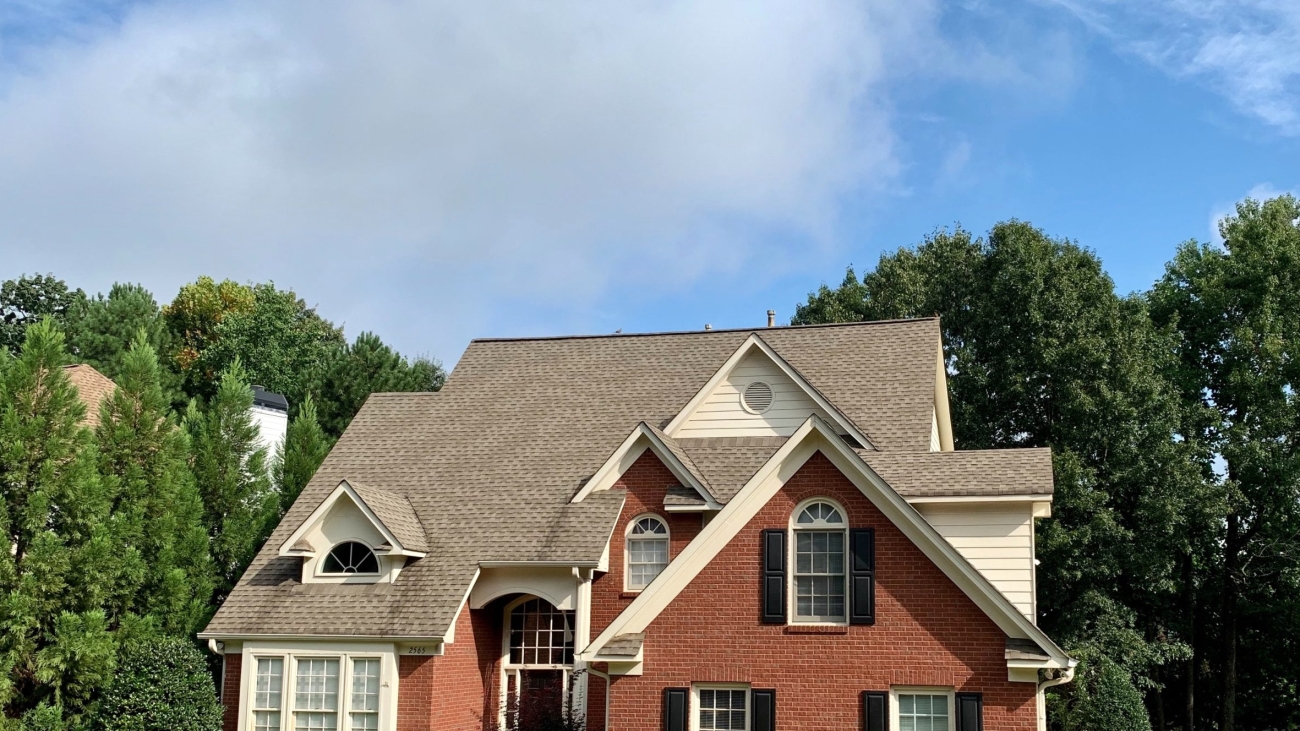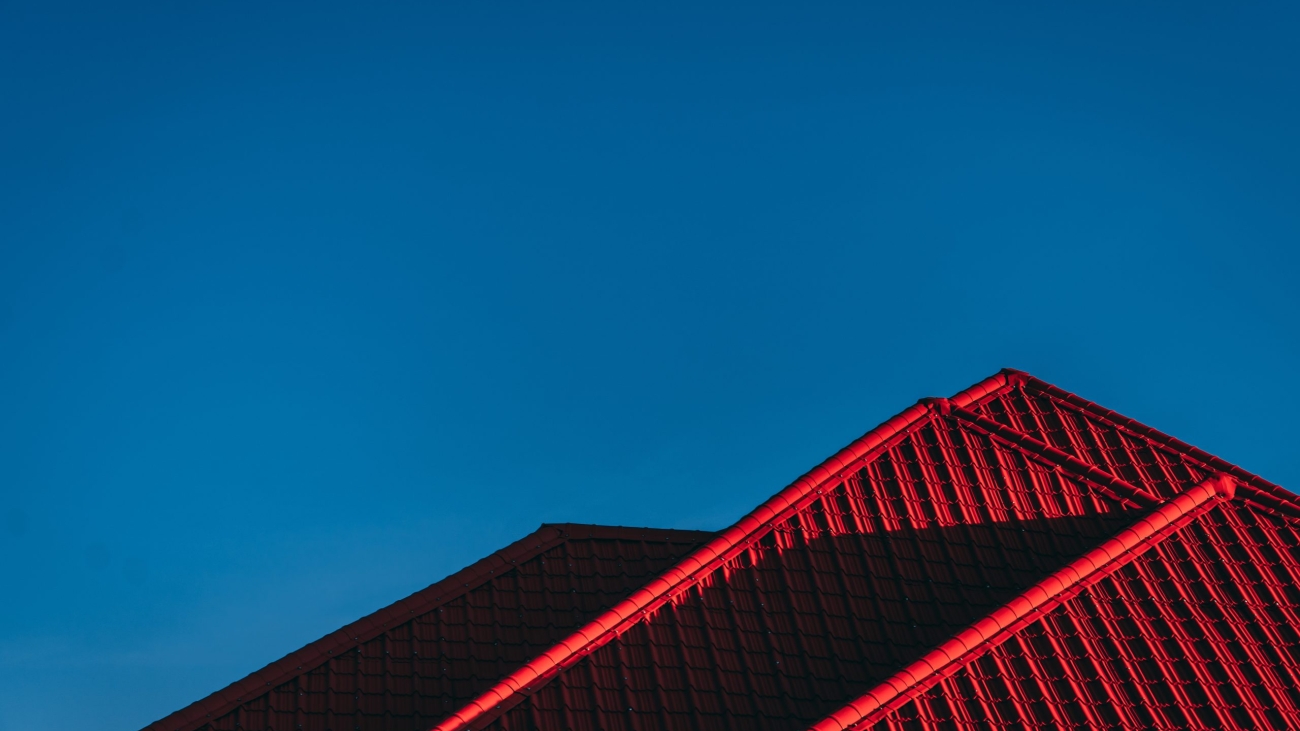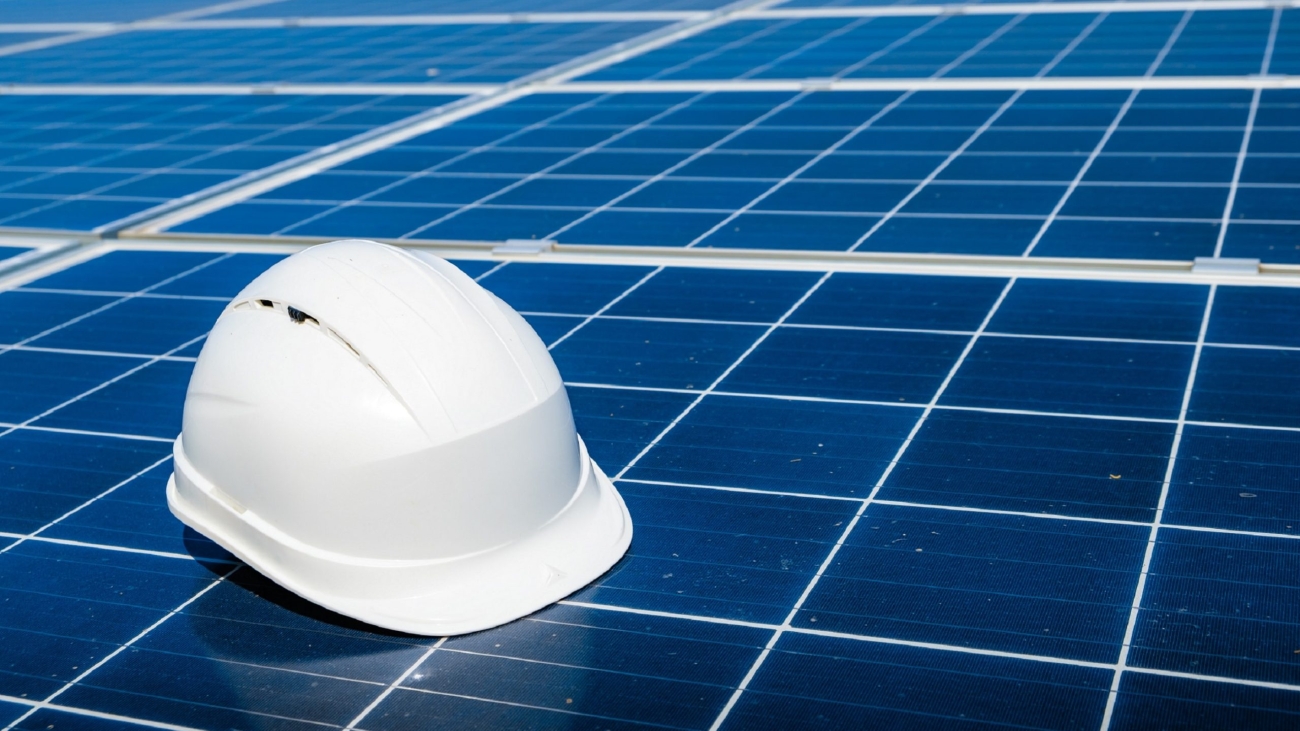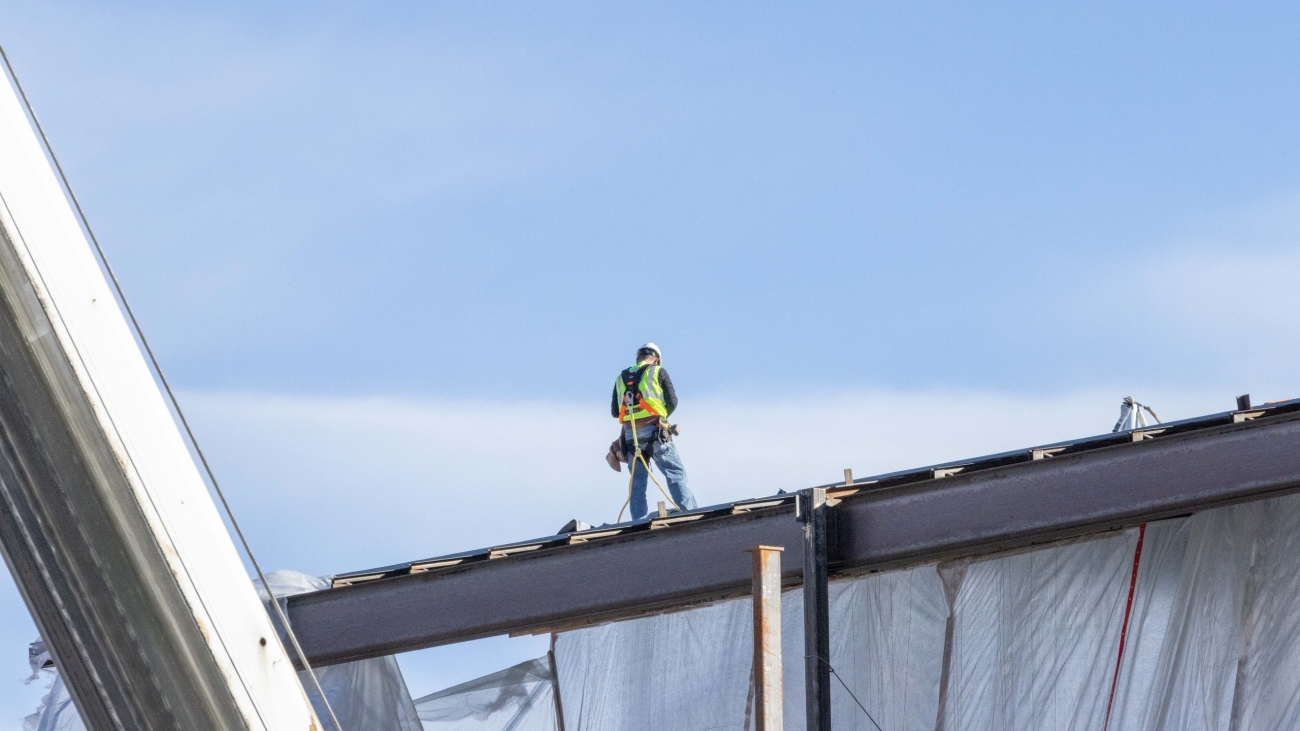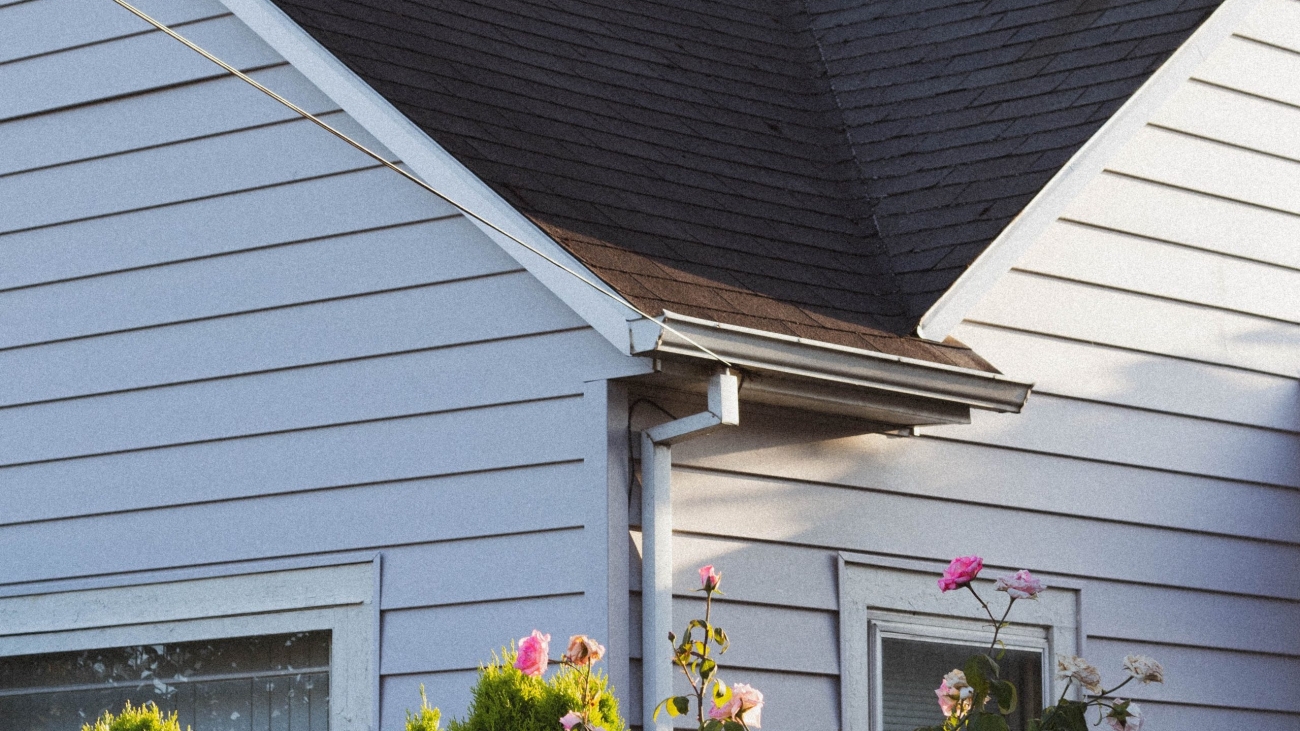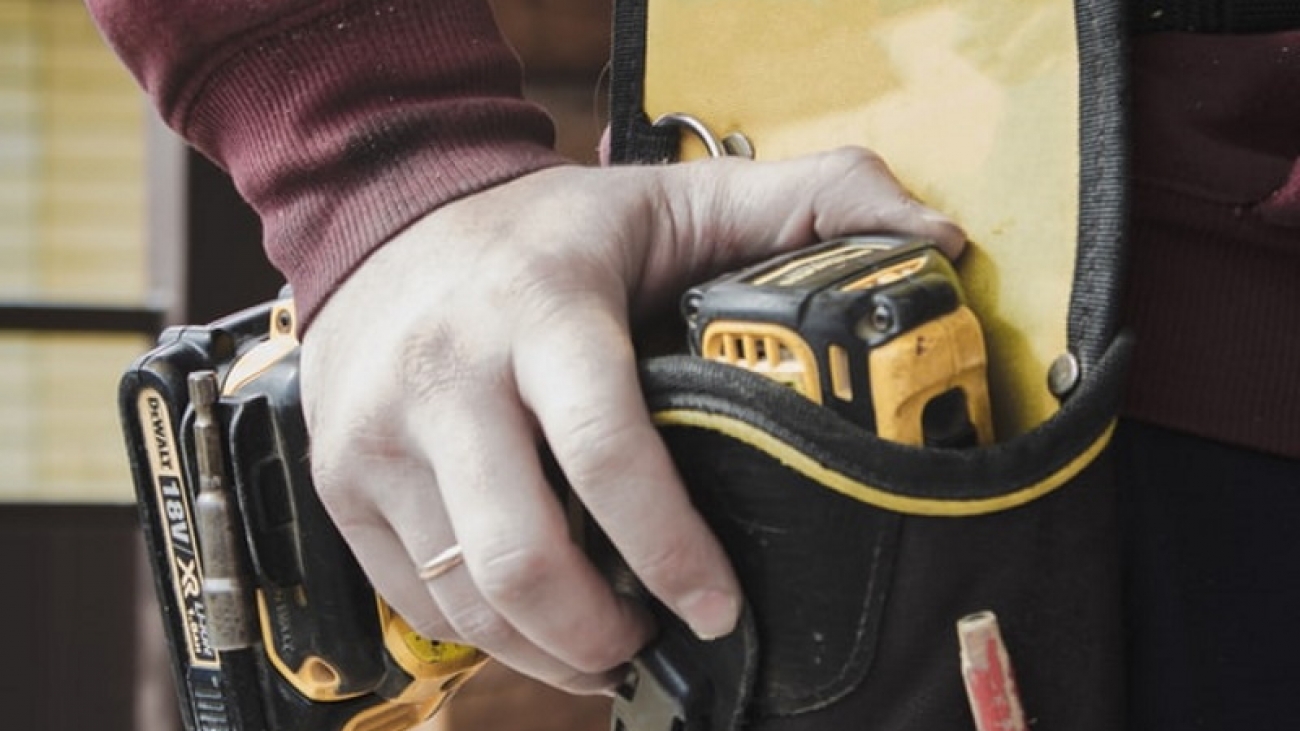How To Hire The Best Roofing Company
Roofing projects are among the largest and most expensive undertakings that homeowners can face. Ensuring you have the right roofing contractor for the job is crucial to your home’s structural integrity, personal comfort, and resale value. To help you navigate the process of hiring a reliable roofer, we’ve outlined five essential steps to hire the best roofing company.
Get A Referral
Before you hire a roofing company, it’s always best to start by seeking recommendations from friends, neighbours, and colleagues who have had roofing work done in the past few years.
Start compiling a list of potential roofing contractors and ask each reference about their satisfaction with the job and whether they would work with the contractor again. Personal testimonials provide the most accurate picture of what your experience might be like with a particular company, and you can rely on trusted contacts to give you honest feedback. Additionally, you can gather leads from local lumber yards and hardware stores that often work with reputable roofing contractors.
If you ask around, you’ll quickly discover that Cambie Roofing boasts one of the most exceptional reputations in the industry. With a proven track record of providing top-notch roofing services, Cambie Roofing has earned the trust and admiration of countless homeowners and businesses alike. Their commitment to delivering high-quality workmanship, using durable materials, and offering excellent customer service has set them apart from their competitors. As a result, many satisfied clients are eager to share their positive experiences with Cambie Roofing, further solidifying their status as a reliable and professional choice for all your roofing needs.
Do Your Own Research
Once you’ve narrowed down your list to a couple of potential roofers, it’s time to do some more in-depth research. Don’t be afraid to start verifying their contact information, licenses, and insurance coverage. Next, consult with your local chamber of commerce and the Better Business Bureau to ensure there are no red flags or complaints about the contractors. Then, look for reviews and ratings on contractor review websites like Google, HomeAdvisor, TrustedPro and others like it to get a broader perspective on their reputation and work quality.
Cambie Roofing has been in the business for around 75 years and we have established our reputation as one of the premier roofing companies in Vancouver and the Lower Mainland. We are a fully licenced and insured roofing company for all major times of roofs. If you want to know what type of company we are, all you have to do is look at our online reviews. You’ll see scores of happy customers.
Meet In-person
Invite the prospective roofing contractors to visit your home and assess the roofing project. Use this opportunity to discuss materials, the scope of work, and the expected timeline for completion. Observe each of contractor’s demeanour and professionalism. Ensure that they are knowledgeable and enthusiastic about the project. Engage in the decision-making process by asking questions and providing input on your preferences. Before they leave, request a list of references and follow up with these contacts to gather additional feedback.
Get It In Writing
Work should not commence until you have a signed contract detailing every aspect of the job. This document should include safety procedures, liability coverage, workers’ compensation provisions, clean-up methods, payment terms, and the project schedule. Request a lien waiver to protect yourself from potential claims that could arise if the contractor fails to pay a vendor for materials.
You Get What You Pay For
It’s unfortunately with roofing—as with many things, you generally get what you pay for. When evaluating bids, remember that the cheapest option is generally not the best choice. Fixing or replacing a roof is expensive, and it can be tempting to just go with a lower bid. While cost is an important factor, your confidence in a contractor’s ability to deliver outstanding results is paramount. If you feel more comfortable with a company that isn’t the lowest bidder, consider the peace of mind that comes with trusting a reliable and professional contractor. This assurance is often worth the extra investment.
At Cambie Roofing, we are neither the lowest bid but neither are we the highest. We offer great service at a reasonable price. What’s more, we are fully transparent about our costs and provide free evaluations to our clients. We understand that getting a service on your roof is a big investment that can be stressful. Thats why we prioritize clear communication and top of the line service.
Conclusion
Hiring a roofing contractor is a significant decision that directly impacts the quality and longevity of your home’s roof. By following these five essential steps, you can find a trustworthy and skilled roofer who will complete the job on time and within budget, providing you with a durable, well-crafted roof that will protect your home for years to come. Take the time to thoroughly research, interview, and evaluate potential contractors to ensure the best possible outcome for your roofing project.
If you do these steps, you’ll find that Cambie Roofing is a great choice. We have been in business for over 75 years, and we put all that experience to good use, whether it’s fixing an old roof or building a new one. Give us a call today for a quote.

